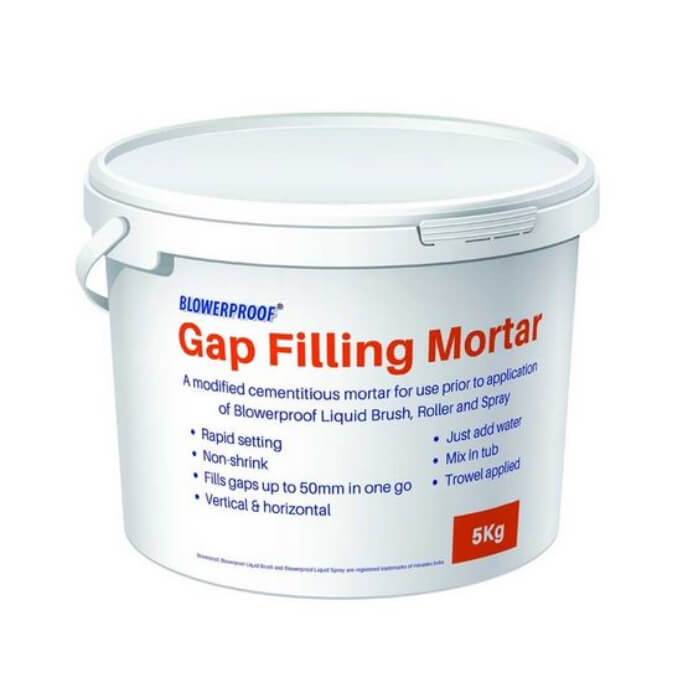Struggling with persistent wall moisture? Discover how damp proof plaster can transform your home into a dry, healthy haven – without breaking the bank.
Understanding Damp Proof Plaster: What Sets It Apart
Damp proof plaster represents a significant advancement in modern construction materials, specifically engineered to combat moisture-related issues in buildings. Unlike standard plaster, this specialized solution contains unique additives and properties that make it particularly effective at managing moisture while maintaining structural integrity. The key difference lies in its composition – damp proof plaster includes hydrophobic compounds and special aggregates that work together to create a moisture-resistant barrier while allowing walls to breathe naturally. This balance is crucial for maintaining healthy indoor environments and protecting your property’s structural integrity.
The Science Behind Damp Proof Plaster
At its core, damp proof plaster utilizes advanced technology to create a defensive barrier against moisture. The scientific principles behind this innovative material include:
- Hydrophobic additives that actively repel water molecules
- Enhanced porosity that allows water vapour to escape while blocking liquid water
- Special salt-inhibiting compounds that prevent efflorescence
- Modified gypsum content that maintains structural stability in damp conditions
Benefits of Choosing Damp Proof Plaster
The advantages of implementing damp proof plaster in your property are substantial and wide-ranging:
- Superior moisture resistance compared to traditional plaster
- Improved thermal efficiency, helping to reduce heating costs
- Prevention of salt migration and efflorescence
- Enhanced indoor air quality through better moisture management
- Longer lifespan than conventional plaster in damp conditions
- Reduced risk of mould and mildew growth
When and Where to Use Damp Proof Plaster
Identifying the right scenarios for damp proof plaster application is crucial for maximizing its effectiveness. This specialized material is particularly valuable in areas prone to moisture issues, such as basements, ground floor rooms, and properties in high-rainfall areas like Kent. It’s essential to understand that while damp proof plaster is highly effective, it should be part of a comprehensive moisture management strategy, not a standalone solution for severe damp problems.
Common Problem Areas in Kent Homes
In Kent’s unique climate, certain areas of homes are particularly susceptible to damp issues:
- Basement walls and floors exposed to ground moisture
- North-facing walls that receive less natural sunlight
- Bathrooms and kitchens with high humidity levels
- External walls in properties exposed to driving rain
- Areas around windows and doors where condensation commonly occurs
Integration with Existing Damp Proofing Solutions
For optimal results, damp proof plaster should work in harmony with other moisture control measures. This includes proper ventilation systems, external drainage solutions, and chemical damp proof courses. The key is creating a comprehensive moisture management system that addresses both the symptoms and underlying causes of damp issues.
Professional Installation: The Key to Success
The effectiveness of damp proof plaster heavily depends on proper installation by qualified professionals. At Kent Plasterers, our experts understand the precise techniques required for successful application, ensuring long-lasting protection against moisture. Professional installation involves careful surface preparation, correct mixing ratios, and proper curing times – all crucial factors that influence the final result.
Surface Preparation and Application Techniques
- Thorough cleaning and removal of existing damaged plaster
- Assessment and treatment of underlying damp issues
- Application of specialized bonding agents
- Careful mixing of damp proof plaster compounds
- Systematic application in multiple layers
- Proper finishing techniques for optimal performance
Maintenance and Long-term Care
While damp proof plaster is highly durable, proper maintenance ensures its long-term effectiveness. Regular inspections, prompt repair of any damage, and maintaining good ventilation are essential practices. Additionally, using appropriate interior finishes and paints that don’t impede the plaster’s breathability is crucial for optimal performance.
Cost Considerations and ROI
Investing in damp proof plaster represents a significant but worthwhile expense. While initial costs may be higher than standard plastering, the long-term benefits and reduced maintenance requirements often result in substantial savings. Current market data shows that properties with effective damp proofing solutions can command up to 15% higher valuations compared to similar properties with unresolved moisture issues.
Initial Costs vs Long-term Benefits
- Average installation cost: £35-£45 per square metre
- Reduced maintenance expenses over time
- Lower heating costs due to improved insulation
- Decreased risk of costly structural damage
- Potential insurance premium reductions
Property Value Impact
Installing damp proof plaster can significantly enhance your property’s market value. Recent surveys indicate that homes with effective damp proofing solutions sell 30% faster than those with visible moisture issues. This investment not only protects your property but also makes it more attractive to potential buyers or tenants.
Making the Right Choice for Your Property
Selecting the appropriate damp proofing solution requires careful consideration of your property’s specific needs. Factors such as the building’s age, construction type, and the nature of existing moisture issues all play crucial roles in determining the most effective approach.
Professional Assessment and Consultation
Before proceeding with damp proof plaster installation, professional assessment is essential. Our expert surveyors at Kent Plasterers conduct thorough evaluations to:
- Identify the source and extent of moisture issues
- Assess the condition of existing plaster and wall structures
- Recommend appropriate damp proofing solutions
- Provide detailed cost estimates and timelines
- Explain the installation process and expected outcomes
Quality Assurance and Guarantees
Professional damp proof plaster installation should come with comprehensive guarantees and quality assurance measures. At Kent Plasterers, we provide:
- 10-year installation warranty
- Certified professional installation
- Regular quality control inspections
- Detailed documentation of work completed
- Ongoing technical support and advice
FAQ
How long does damp proof plaster take to dry?
Rushing into plastering too soon may lead to unfavourable outcomes, as damp-proofing materials need time to settle and dry. Drying Time: The recommended waiting period before replastering after damp proofing is generally two weeks or 14 days.
Is waterproof plaster cheaper than tile?
Generally, tiling is a more expensive option compared to plastering. While bathroom tiles offer a durable and waterproof surface, the material and installation costs can be higher than using bathroom plaster.
Sources
[1] https://www.timberwise.co.uk/our-services/damp-proof-plaster/
[2] https://watertight-homes.co.uk/property/care/maintenance/damp-proof/products/solutions/plasterboard/
[3] https://www.timberwise.co.uk/blog/what-to-do-about-damp-plaster/

